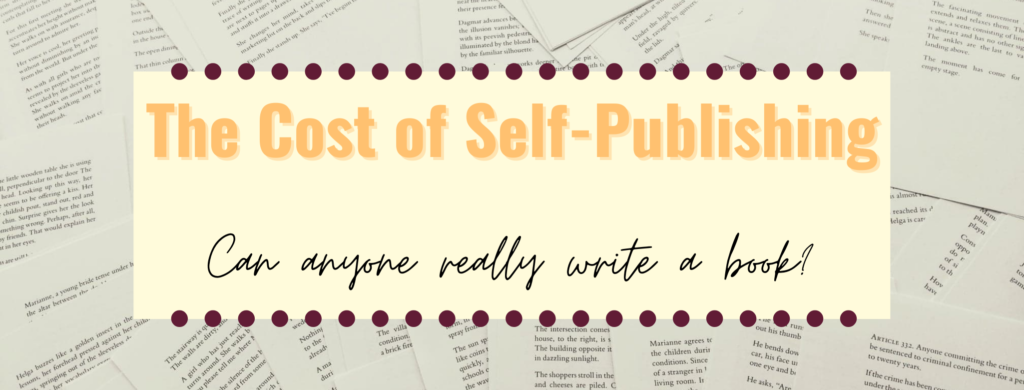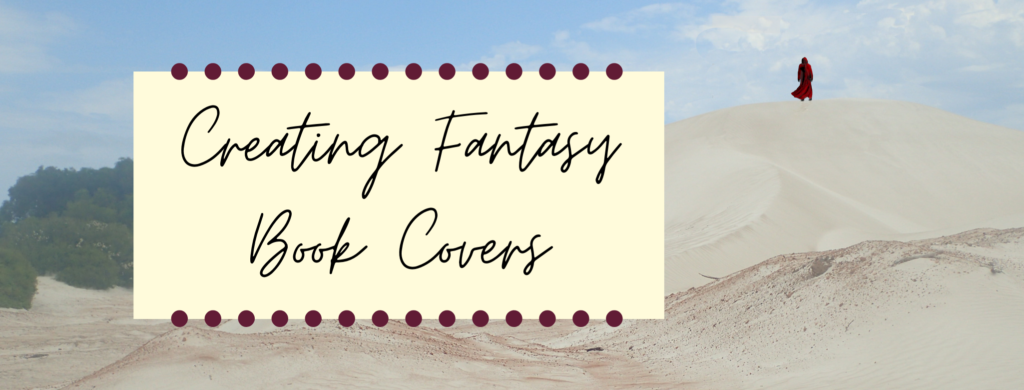I can’t believe it’s only two days until the next wave of Shifting Sands arrives. If you need to catch-up, make sure to do so before everything shuffles on the 17th! You can read the current wave here. With only two days to go, I figured that I would stick to a Shifting Sands-related blog post and what better subject to reflect on than fantasy worldbuilding? As a writer and researcher, I’ve reflected a lot on how I actually built the world of Shifting Sands so, in this post I’m happy to share some of the tips I’ve learned along the way. Happy worldbuilding!
Fantasy Worldbuilding Experience
Fantasy is my preferred genre. It’s what I gravitate towards in reading and it’s one of the first genres I started writing. In particular, I like imaginary world fantasies. The less similarities to real life the better! (Weirdly, I’m on the opposite end with science fiction…) But this background knowledge is very helpful. I know the genre well. I know the kinds of people who read it and I know a lot of the expectations. From this experience, it becomes easier to ask yourself the harder questions of what type of fantasy you want to make. This naturally gives us our first tip:
- Know your genre.
I researched the fantasy genre in my MRes and this gave me a good base to understand what I consider essential in my storyworlds. First, I like hard magic. Maybe it’s that I like my characters to suffer, but I feel strongly about costs and consequences in magic use. Second, while I don’t mind passive magic, I lean heavily towards the kind that can wielded by the characters. Despite the potential trauma, I’d rather be in a world like Fullmetal Alchemist than Narnia. And finally, I didn’t want to just another riff on Middle Earth, but also needed to keep enough familiarity in there to work within my word count. My knowledge of the genre and my own tastes within it helped me figure out what kind of fantasy worldbuilding I was in for.
The Point of Origin
When I talk about the point of origin in worldbuilding, I don’t mean the whole “in the beginning, God said ‘let there be light'” creation, though admittedly this is the origin point for some people. I mean your point of origin. You’re creating this world, so what is it about this imaginary universe that most interests you? Tolkien famously created Middle Earth for the languages he was developing – he wanted to understand the cultures and histories that grew them. So, tip two:
2. Centre your world on what interests you most.
I imagine most writers have something they like including in their stories. With worldbuilding, this can become your centre and everything else can radiate from there. In the case of Shifting Sands, I would say that I found my point of origin before anything else – before I even know what kind of story I was writing – and it all centred on a world where water was magic. I wanted to understand the characters who would wield the magic and how they would behave, how they could control this resource (as humans do), and what the consequences would be if someone stepped out of line. Find your point of origin and let that interest guide your worldbuilding to create a fantasy you’re passionate about.
Worldbuilding Research
No matter how otherworldly you want to go with your worldbuilding, you need points of familiarity and you want depth. One of the best things about the fantasy genre is its immersion – that feeling that you could fall through a wall and recognise the space you’re in. Research is one of your best tools here. Knowing the genre well is one thing, but you also want to know how you are pushing it forward. And, if you want to bring something new, you want to make sure that is well-researched. So, tip three:
3. Identify your areas of research.
There will be some things that might come naturally to you. I will 100% admit that I don’t always research characters because all of my writing is about understanding people. I’m pretty confident in this area. But in the world my characters inhabit, there are bits that are familiar and bits that aren’t. Shifting Sands, for example, takes place in a desert, meaning I have probably spent days researching farming in desert environments. How do they get water? What plants grow well there? How does my City survive? Most of this research only comes through in hints (at best), with vague references to mist-catching nets or an unrecognised water source. Don’t even get me started on my research into the earliest writing civilisations. But, while your reader might not be able to see it, you as the writer will feel it!
Viewing the world
If you’ve ever looked into the appendices of The Lord of the Rings, you’ll know that Tolkien knew reams and reams about Middle Earth that ultimately did not make it into the story. Hell, even the books themselves contained more about Middle Earth than the story ever needed! But, for stories that aren’t written by the Grandaddy of fantasy, you’re probably going to have to work out how much the reader is allowed to know and how they know it. For this, you need tip four:
4. Know your perspective.
An omniscient third person narration is going to know more than first person POV and will probably communicate with the reader differently. And, regardless of how close to the characters you are, the voice of the narration will influence what you show. I got to play with this a lot in Shifting Sands as I flit between six very different (third person limited) perspectives! City-based Kishon sees some of the worst of the Temple’s rules, with the greatest understanding of the lived effects of the encroaching desert. Nayoub, meanwhile, likes his Temple-life, with the security and structure of religion and the possibility of luxurious moments. One will notice the zing of fragrant spices, the other will think more about the meat underneath, thus shaping the world as your reader sees it.
Look at other worldbuilders
Bringing us full circle, more research to build your genre experience! I’m assuming you probably have some storyworlds that you love, or why else would you want to write fantasy? Have you ever wondered how the author came up with that world? Thankfully, for a lot of authors, we can find out at least a little bit about their worldbuilding. George R. R. Martin, for example, apparently builds a general idea of his world and then develops it further from there. In his terms, he is a gardener who plants a seed and then lets nature take its course as it grows. Others may be architects, planning everything in advance. I’m probably somewhere in between. So, our final tip:
5. Read up on how other people do worldbuilding and see what works for you.
Other great places to develop your worldbuilding include:
Watch Artifexian – as I wrote about it here, this is one of my favourite worldbuilding Youtube channels. So many resources! It’s what made me realise that my storyworld planet probably has two suns, therefore impacting the religion and Temple orders.
Play Dungeons and Dragons – who doesn’t love a little roleplay gaming? There’s some great advice out there about creating effective campaign spaces that really shows how you can embrace the limitations of perspective. (Lots of fun games to watch on Youtube too!)
Write – whether it’s for your story idea or just for practice, try writing about your world from a few different perspectives. Figure out who sees what and what this then tells the reader. And if you get stuck, you know what you have to do more research on.
If you’ve got any advice about worldbuilding, particularly worldbuilding for fantasy novels, I’d love to hear it!



